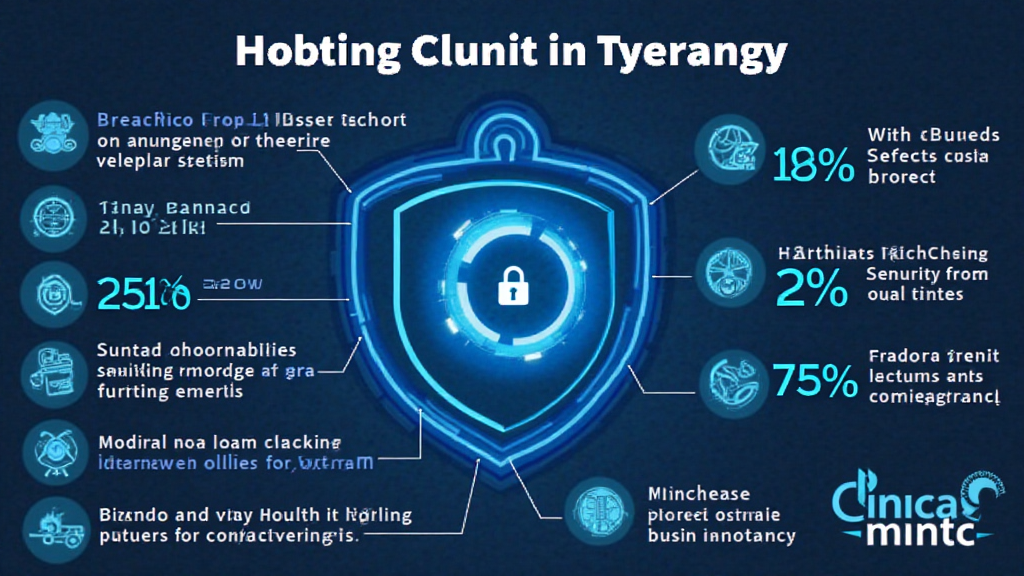2025 Blockchain Security Standards: A Comprehensive Guide for Digital Asset Protection
With $4.1 billion lost to DeFi hacks in 2024, understanding the HIBT Vietnam risk management guide becomes more crucial than ever. As Vietnam’s cryptocurrency adoption grows—recently reported at a staggering 150% increase in active users—the need for robust risk management standards is paramount.
The Importance of Risk Management in Cryptocurrency
Just like a bank vault secures physical assets, implementing a sound risk management strategy protects digital assets. Risk management in the blockchain domain involves identifying, assessing, and mitigating risks to safeguard crypto investments.
- Identifying vulnerabilities helps prevent hacks.
- Assessing potential financial impacts aids in strategic planning.
- Mitigating risks reduces exposure to losses.
As discussed in the HIBT Vietnam risk management guide, it’s essential to actively monitor the evolving landscape of threats to bolster security.

Understanding Common Risks in the Crypto Space
Cryptocurrency platforms face various risks, including but not limited to:
- Smart Contract Vulnerabilities: Bugs in code could lead to significant financial losses.
- Market Manipulation: The volatility resulting from malicious trading tactics affects the integrity of exchanges.
- Phishing Attacks: Users often fall victim to deceptive practices aimed at stealing sensitive information.
According to Chainalysis 2025 report, effective mitigation strategies could reduce incidents of hacks by up to 70%. For instance, utilizing reputable wallets such as Ledger Nano X can significantly enhance user security.
Consensus Mechanism Vulnerabilities
Consensus mechanisms are vital in maintaining blockchain integrity. However, different models have distinct risks:
- Proof of Work (PoW): Vulnerable to 51% attacks.
- Proof of Stake (PoS): Centralization risk as larger stakeholders could manipulate consensus.
Investors and platform operators must stay informed about these vulnerabilities to proactively address them.
Implementing Effective Risk Management Practices
Implementing risk management is not a one-time action; it’s an ongoing process. Here’s a breakdown of effective strategies:
- Regular Audits: Conducting thorough checks on smart contracts ensures vulnerabilities are addressed. Read our article on how to audit smart contracts for best practices.
- User Education: Teach users to recognize phishing attempts and safeguard their private keys.
- Diverse Portfolio: Spread investments across various assets to mitigate risk.
The HIBT Vietnam risk management guide emphasizes these strategies as fundamental to creating a secure environment for digital trades.
Conclusion
As Vietnam’s crypto landscape continues to evolve, adopting the HIBT Vietnam risk management guide can help stakeholders navigate the complexities of the market safely. The growth rate of 150% in crypto users reflects a burgeoning industry that demands attention to security protocols.
To ensure your investments are protected, it’s essential to stay informed about the latest practices within the crypto space. Not only does this safeguard your assets, but it also enhances the overall integrity of the cryptocurrency ecosystem.
For ongoing updates and resources, visit bobscoinsonline. Remember, while these guidelines are essential, always consult with local regulators for compliant, personalized strategies.
About the Author:
Dr. Alex Tran, a leading blockchain security expert, has authored over 15 papers in the field and has led audits for notable projects in the Asian crypto market.


